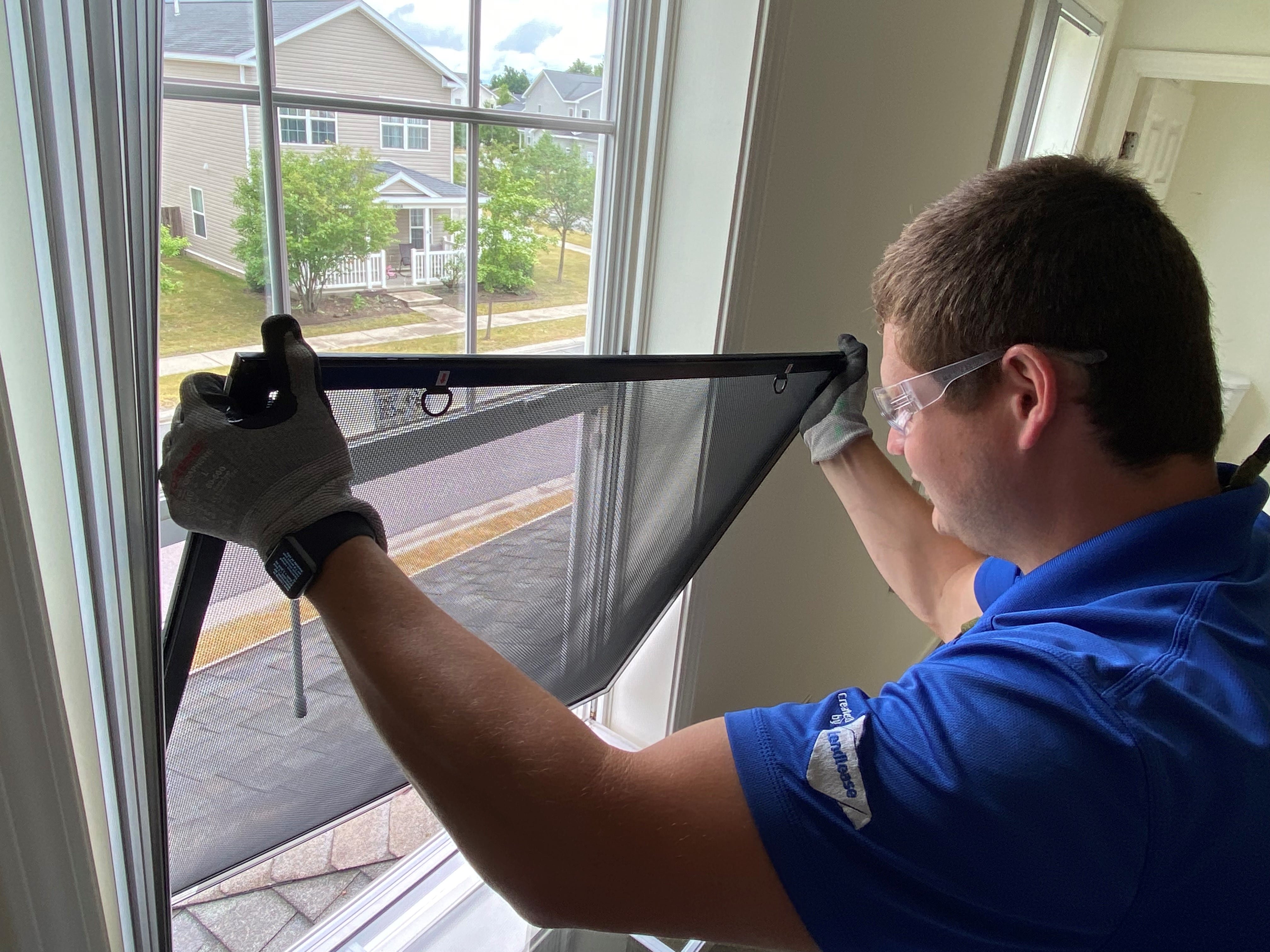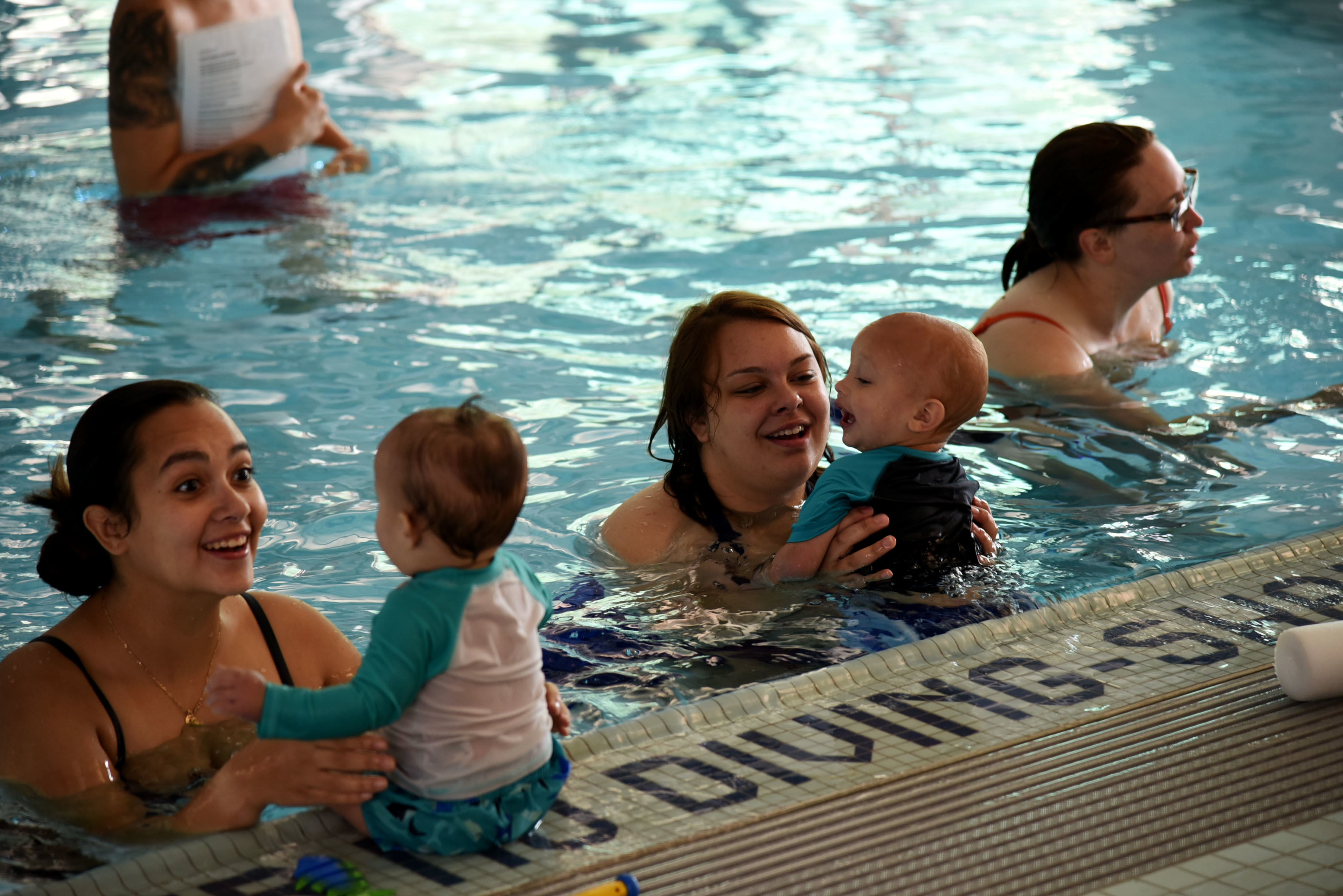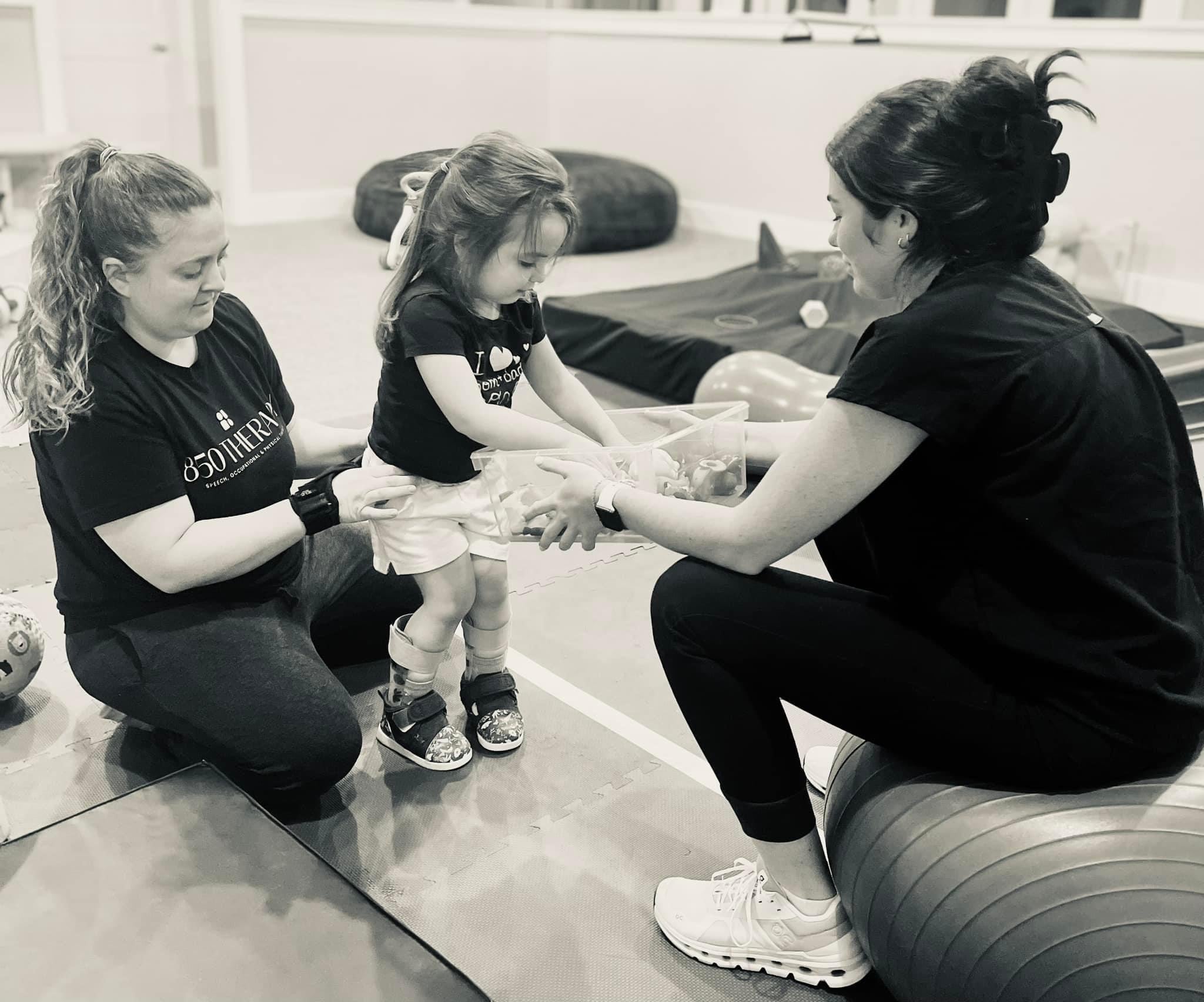A new online tool for military families pulls together resources from many areas aimed at keeping their infants and toddlers safe — including the safe storage of firearms; handling poisons and medications; drowning prevention and controlling your own emotions when your child is in a meltdown.
The “Safe is Strong” project was launched this summer by the Center for the Study of Traumatic Stress at the Uniformed Services University of the Health Sciences. The project is designed for military families with young children, and for professionals across a variety of arenas who serve military families.
“We know that more than 40% of children in active duty families are under the age of 6, and 75% are under the age of 12,” said Dr. Stephen Cozza at the annual summit of the Military Child Education Coalition. Young parents may have limited community resources, less mature partner relationships, limited knowledge about child development, and misconceptions about children’s motivations and behaviors, such as their curiosity, said Cozza, a retired Army colonel and psychiatrist who is associate director of the Child and Family Program at the Center for the Study of Traumatic Stress.
“We really need to be focused on access to firearms,” Cozza said. He cited a study of soldiers in the U.S. which found that 57% of soldiers with children own firearms, and of those owning firearms with children under age 18 in the house, 20% — one out of five troops — had at least one firearm loaded and unlocked in the house.
Guns should be unloaded and locked, and the ammunition should be locked up separately.
While there’s plenty of debate about the prevalence of guns, there’s no disagreement about the fact that firearms should be safely stored, Cozza said. “Yet we still see a high percentage of individuals who are unsafely storing their firearms.”
More than a third of all unintentional shootings of children take place in the homes of their friends, neighbors or relatives, according to information provided by the American Academy of Pediatrics, through a link on “Safe Is Strong.” One suggestion, among many, is to ask before a play date about guns in the house and safe storage. If the situation may not be safe, invite that child to your house for the play date instead.
“Why is it that parents don’t appreciate these kinds of challenges, whether it has to do with firearms or whether it has to do with drowning? Much of it has to do with a lack of understanding about the developmental factors that contribute to children’s risk,” Cozza said. And much of “Safe Is Strong” is designed to help parents understand these factors.
The six main areas addressed in the project are home safety practices, home physical environment, safe parenting practices, healthy parenting, parental mental health, and access to resources. There are tips on kitchen safety; safe sleep practices for babies; supporting child independence; staying calm when your child is melting down; problem-solving steps for parents; parent communication during deployment; parenting a child with social, emotional or health challenges; reading to babies; talking to toddlers; air quality and safe drinking water in the home; vaccine safety; and many more.
The resources for healthy parenting offer ways for parents to interact with their children. That includes “dads feeling comfortable sitting down and playing with their kids,” Cozza said.
RELATED

The section on resources provides information on child care options, health care, nutrition assistance and more. Too often, young military families — and sometimes seasoned families —don’t know about available military resources.
“In developing the site, we relied heavily on resources made available by professional pediatric organizations and government agencies,” said Christin M. Ogle, a child research psychologist at the center. “Our intention was to strengthen the credibility of the site by relying on these trusted messengers.” They’re also collecting feedback from those who use the site.
Prevention of drowning is another key area of focus in the project. Across the U.S., drowning is the leading cause of death in children ages 1 to 4, Cozza said. “The U.S. National Water Safety Action Plan cites poor parental education … not knowing the risks of unsupervised access to water,” he said.
“Safe Is Strong” provides links to detailed information about water safety in and outside the home, including when to start swim lessons. Studies suggest that water survival skills training and swim lessons can help reduce the drowning risk for children between ages 1-4.
And while infants aren’t mobile, parents need to keep a hand on the baby at all times when bathing. Babies can drown in just one or two inches of water — silently, and within seconds. More than half of bathtub deaths involve children younger than 1, according to the site.
Karen has covered military families, quality of life and consumer issues for Military Times for more than 30 years, and is co-author of a chapter on media coverage of military families in the book "A Battle Plan for Supporting Military Families." She previously worked for newspapers in Guam, Norfolk, Jacksonville, Fla., and Athens, Ga.





